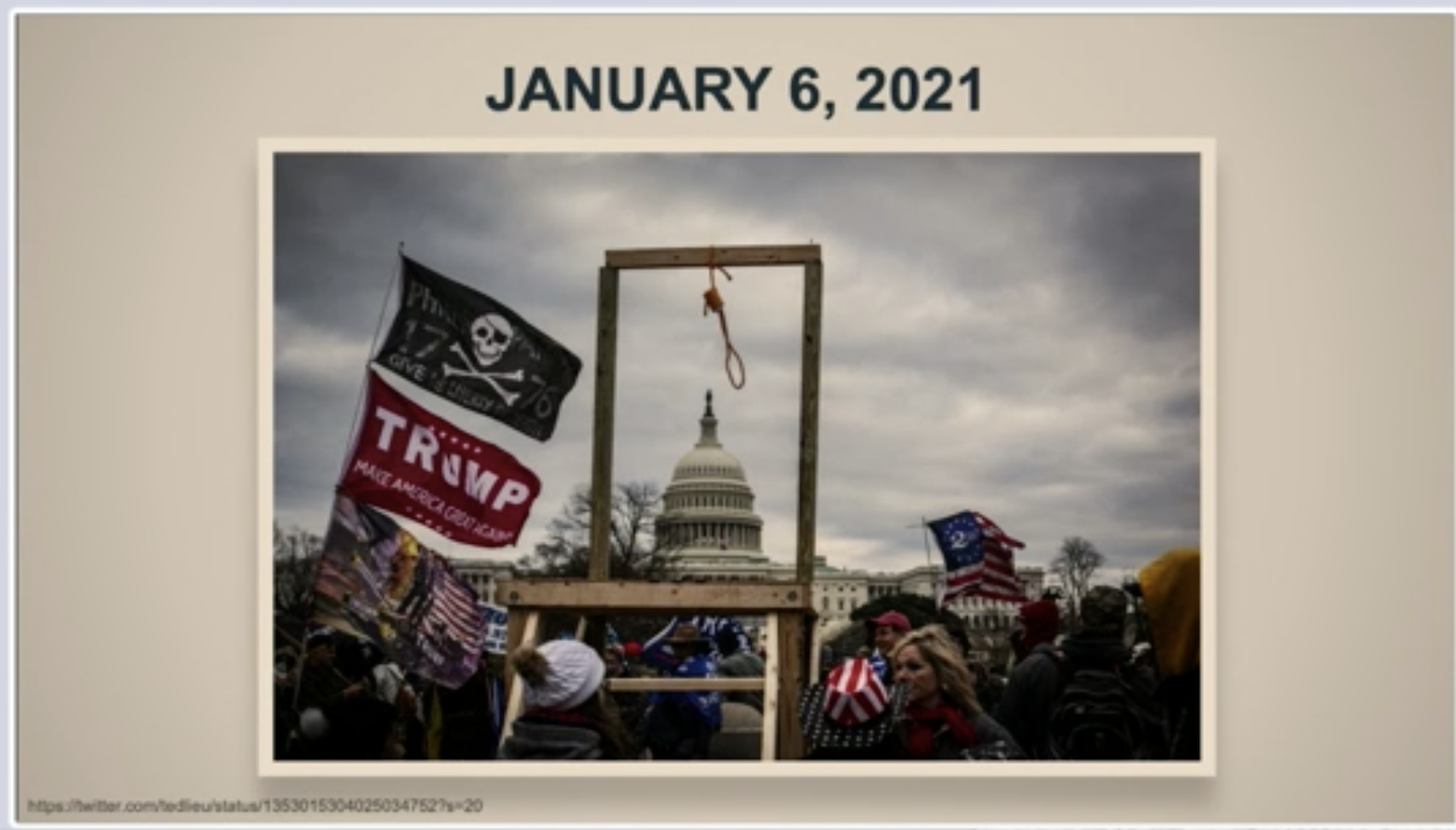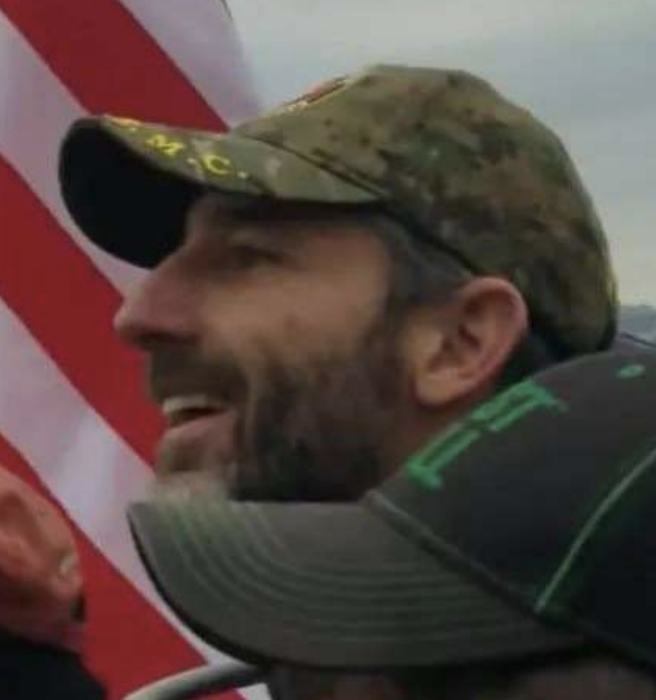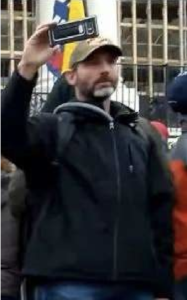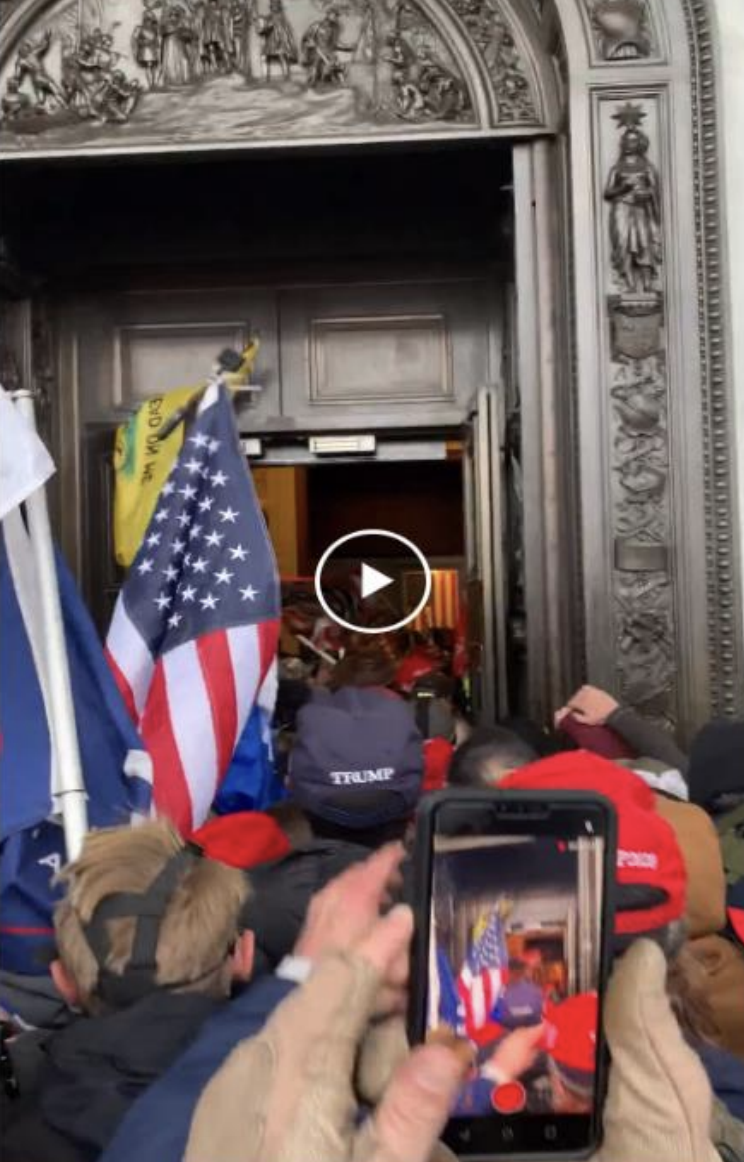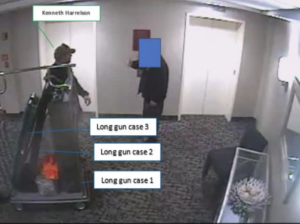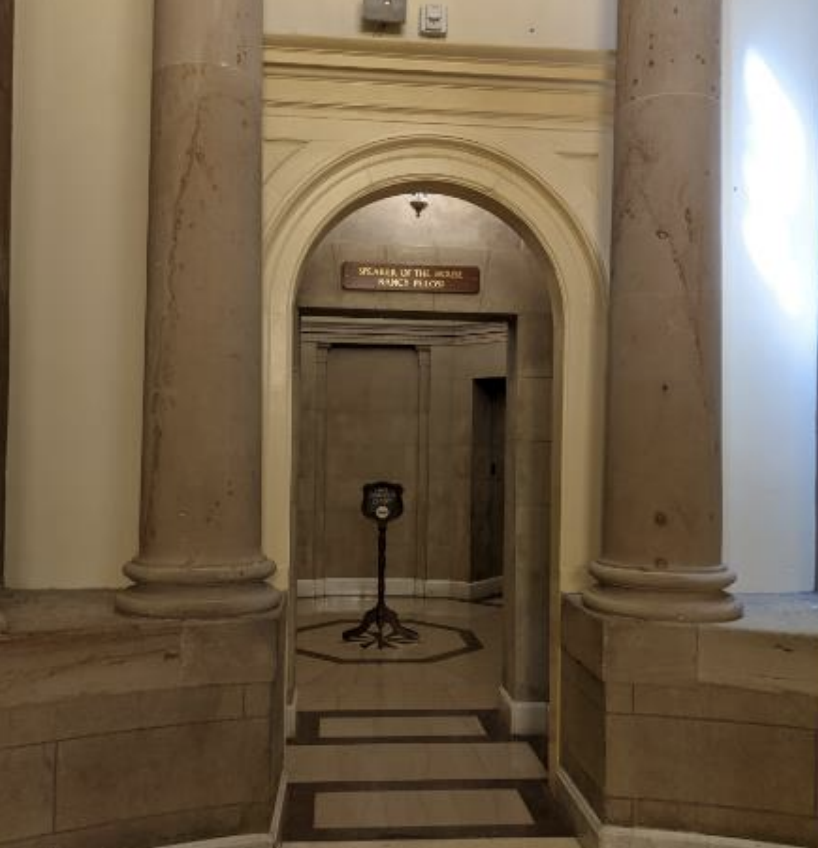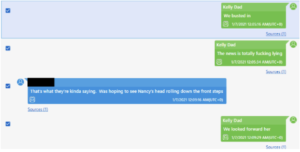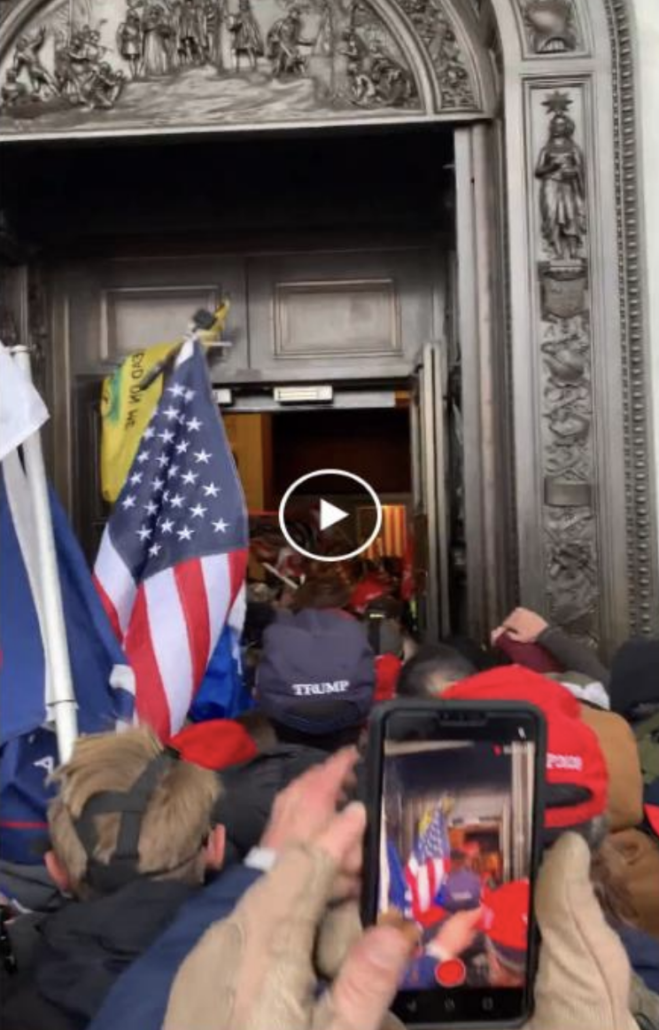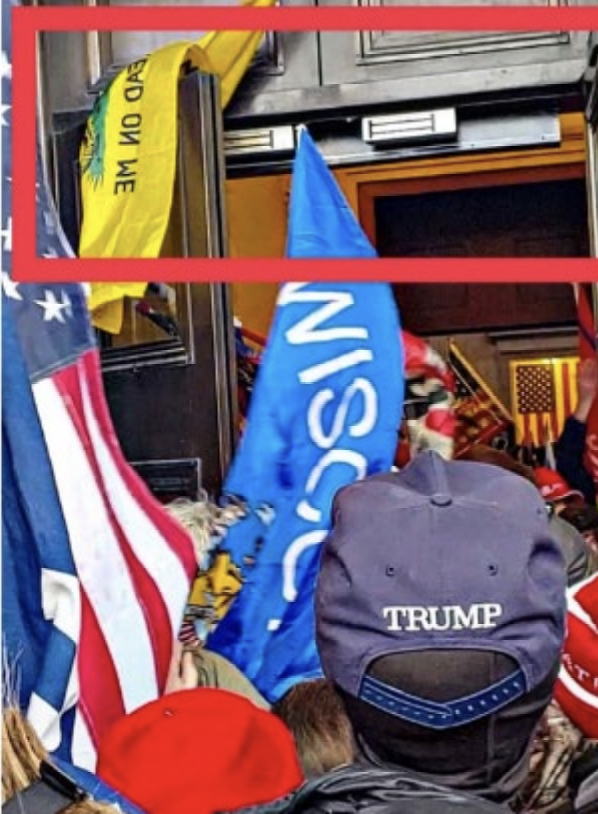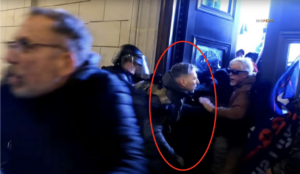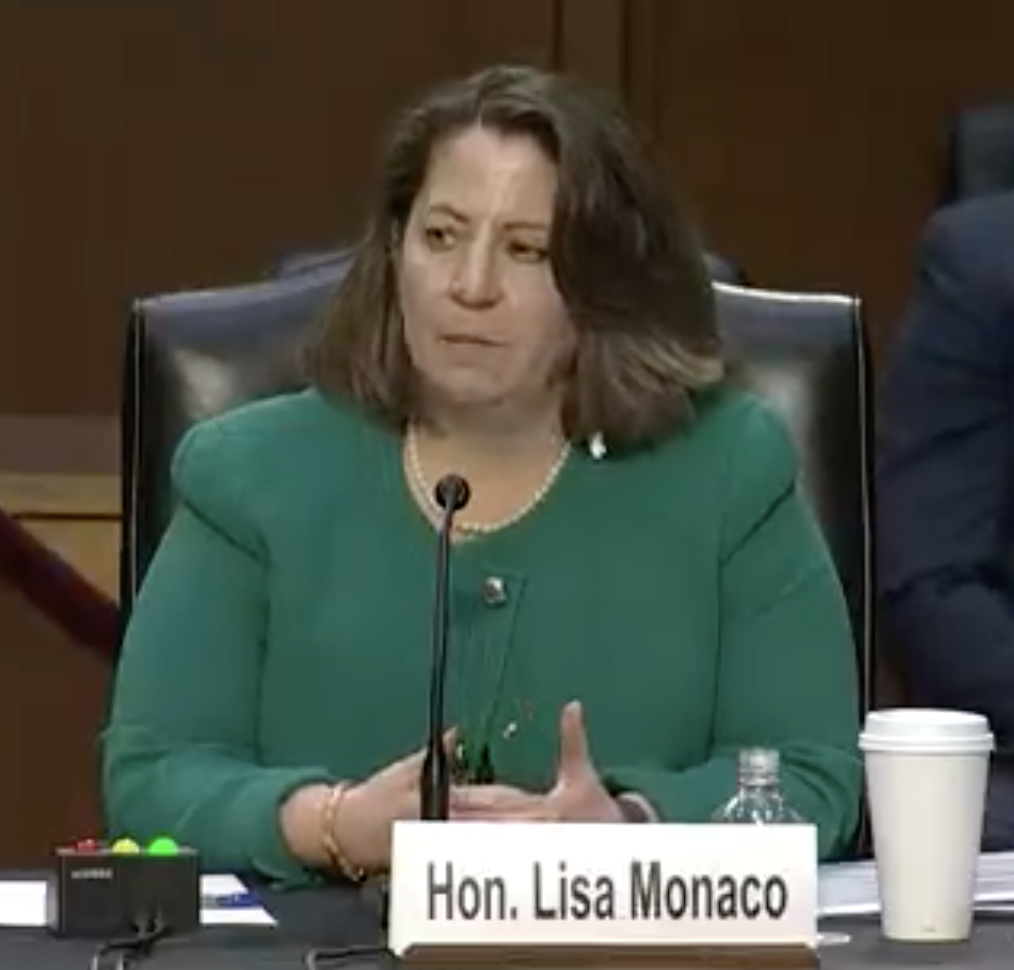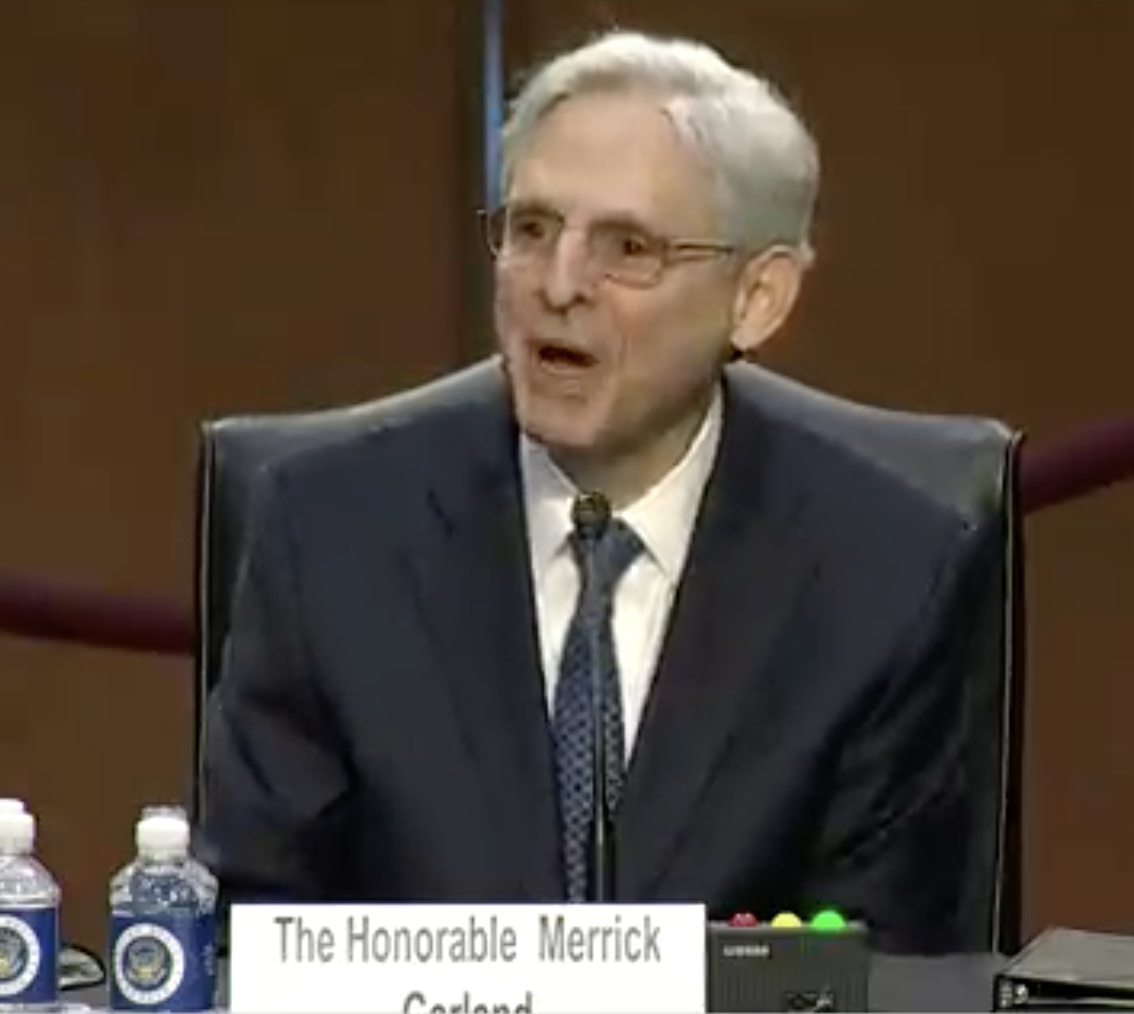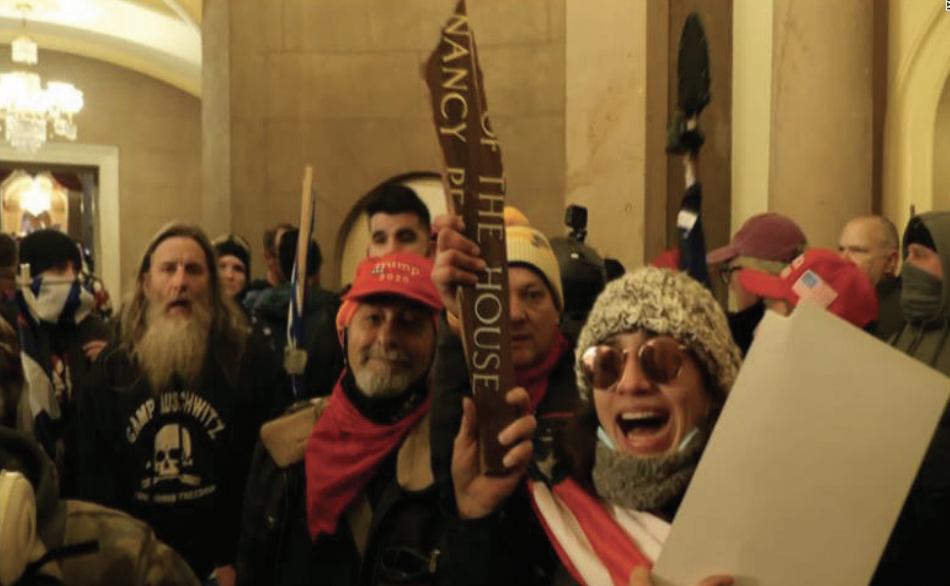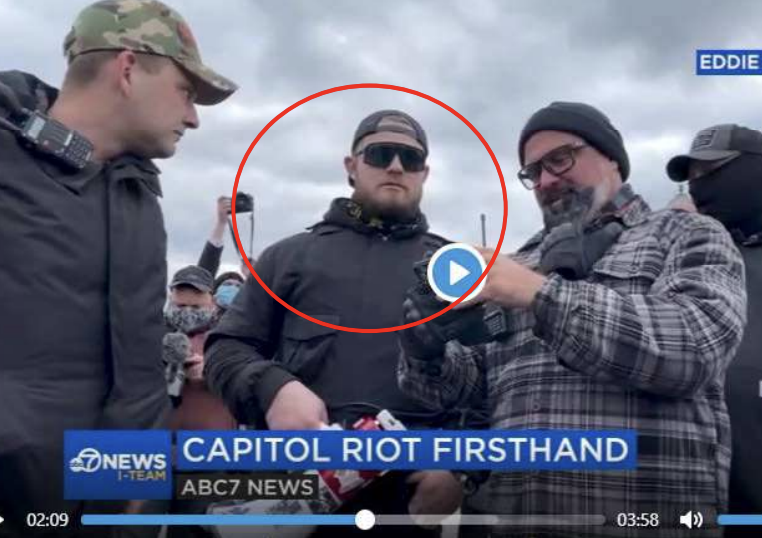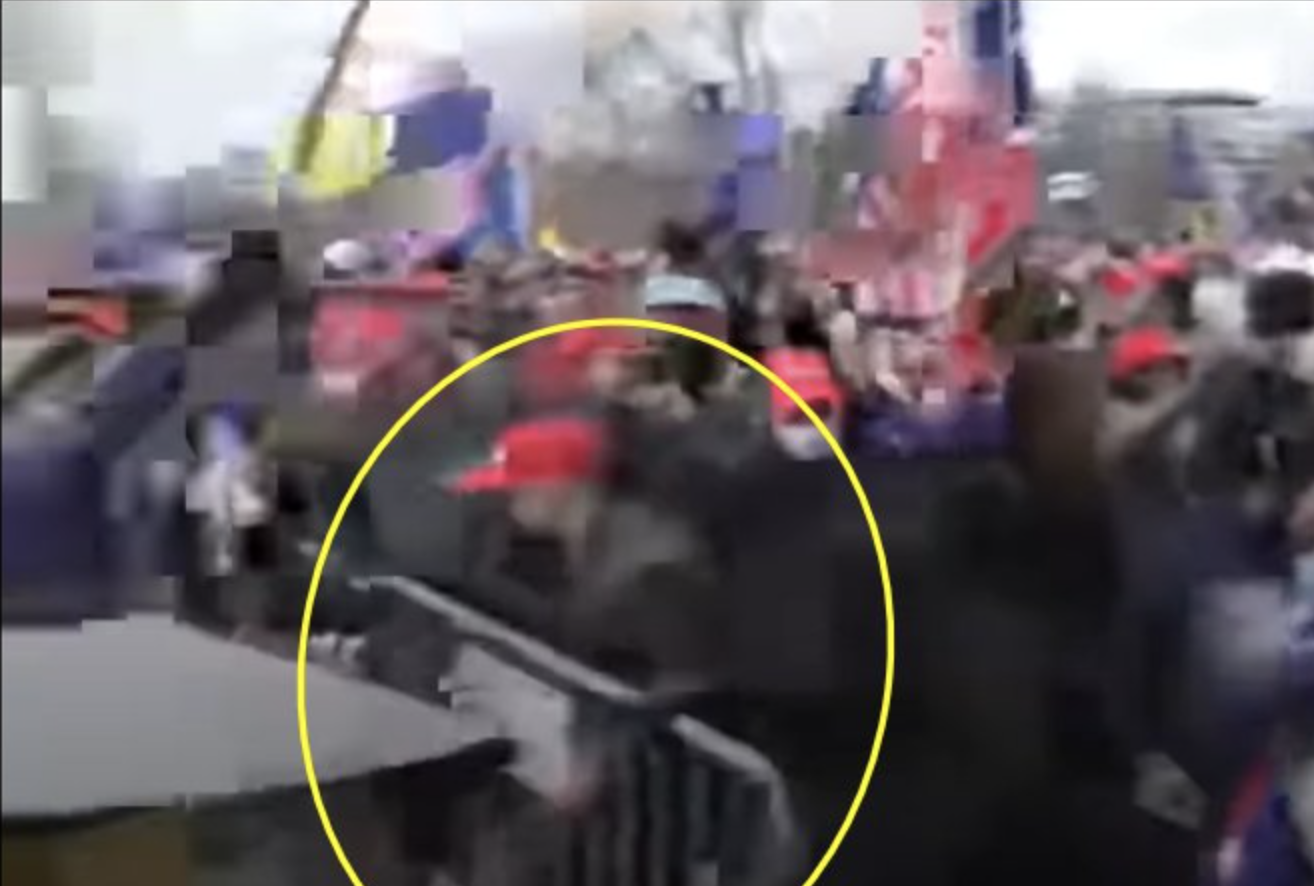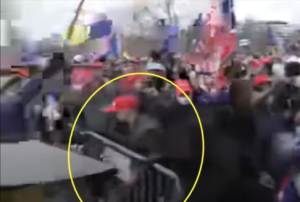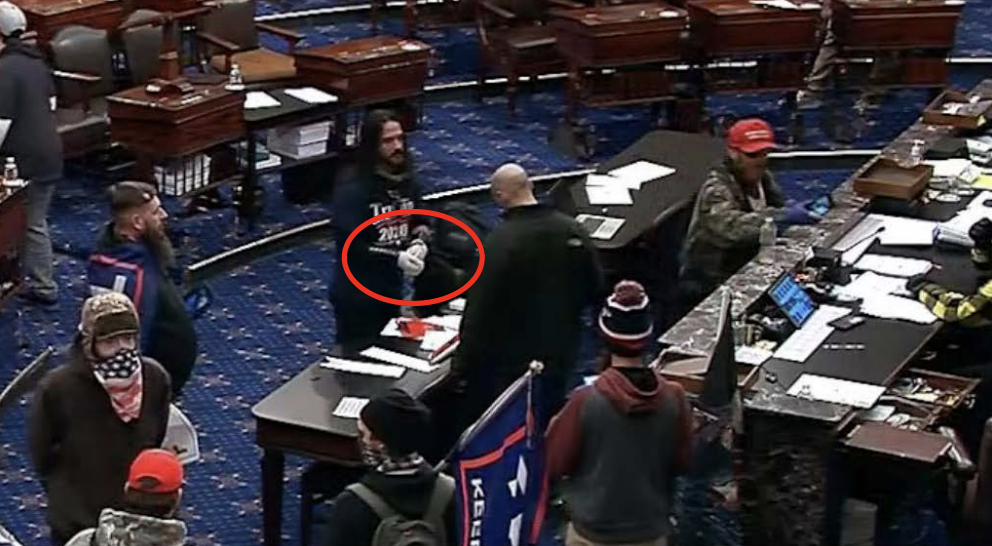The Hybrid Hatchet Conspiracy: A Premeditated Plan to Surround the Capitol on January 6
Contrary to what you might read on Twitter, I have not been predicting that Trump will be held accountable for January 6. Rather, I am observing–based on actual court filings and the evidence in them–that if he or his associates were to be held accountable, that would happen via conspiracy indictments, indictments that have already reached within two degrees of Trump’s closest associates. In a hearing yesterday, Christopher Wray answered one after another question about holding Trump accountable by talking about conspiracy indictments, so it seems he may agree with me.
Just the other day, for example, I suggested we might see prosecutions of those involved in the rallies, as opposed to busting into the Capitol.
Together, those posts argue that if any kingpins will be held accountable, it will be through a conspiracy prosecution. I note that one of the conspiracies has already reached back to the Willard Hotel, where Roger Stone was staying and where the call patterns suggest possible consultation with people present at the hotel. And I suggest that not only will there will be further conspiracies (I’m pretty confident about that prediction) but there may be more complex prosecutions tied to people who were involved in the rallies rather than the riot or who were discussed explicitly with Rudy Giuliani (I’m far less confident about that possibility).
That doesn’t mean Donald Trump, or even Roger Stone or Rudy Giuliani, are going to prison. It’s not clear what kind of evidence is out there. It’s not clear how loyal these famously paranoid people will be without the constant dangle of pardons that Trump used to buy silence during the Mueller investigation.
Earlier in the week, I noted that DOJ had already charged one of the speakers on January 5, Brandon Straka, and has been holding him in a kind of limbo awaiting what look like possible charges of obstruction and civil disorder.
Then there’s the case of Brandon Straka. He’s the head of the Walkaway campaign, and was a speaker on January 5. There’s no allegation he entered the door of the Capitol, though at a time when he was on the stairs, he was involved in attempting to take a shield from an officer and for that got charged with civil disorder (in addition to the standard trespass crimes). He obviously could be charged with obstruction, but that hasn’t been charged yet.
Last night, DOJ rolled out a conspiracy indictment that alleges that Alan Hostetter, another of the speakers on January 5, conspired with five other Three Percenters to “corruptly obstruct, influence, and impede an official proceeding, to wit: the Certification of the Electoral College vote.”
The indictment is slightly different than the other conspiracies charged against militias thus far (and therefore may be yet another degree more vulnerable to challenge), insofar as it charges 18 U.S.C. § 1512(k), the conspiracy charge tied to obstruction, rather than conspiracy itself 18 U.S.C. §371. Plus, just one of the accused defendants — Erik Warner — managed to enter the Capitol (another, Russell Taylor, chose not to enter because he didn’t want to do so while armed), so even the trespassing charges may be more vulnerable to challenge. Two of the men — Derek Kinnison and Warner — are also charged with obstruction for trying to delete the Telegram chat they used for organizational purposes.
But if this indictment withstands legal challenge, it is in some ways far more provocative than the existing militia conspiracies. That’s because it’s not just a militia conspiracy indictment.
The indictment is a hybrid: one that charges a group that is both a militia, the Three Percenters, but also men who played an organizational role in the larger event via an anti-mask turned into election conspiracy group, the American Phoenix Project. The conspiracy language of the indictment repeatedly describes the men flashing their Three Percenter signs or otherwise identifying themselves as such.
KINNISON attached a picture of himself, MARTINEZ, and WARNER with the following message: “From left to right, I’m Derek aka midnightrider the short guy, Tony aka blue collar patriot, Erik aka silvir surfer…. We are 3 percent so cal. Also coming with us is redline Ron [MELE].” In the photo, all three are flashing a hand signal that designates affiliation with a Three Percenter group.
[snip]
On January 2, 2021, KINNISON, MELE, WARNER, and MARTINEZ met at MELE’S house in Temecula, California. Before leaving in the SUV, the four men posed for a photograph in which they all made a hand gesture signaling affiliation with a Three Percenter group.
[snip]
MELE, MARTINEZ, KINNISON, and WARNER also congregated on the National Mall and posed for a photo there. In the photo, MARTINEZ, KINNISON, and WARNER made a hand signal showing affiliation with a Three Percenter group.
But the indictment also describes how Hostetter formed the Phoenix Project as an anti-mask group and then used it to sow violence against those who supported the democratic result of the 2020 election.
In Spring, 2020, ALAN HOSTETTER (“HOSTETTER”) founded the American Phoenix Project to oppose government-mandated restrictions arising from the COVID-19 pandemic. After the 2020 U.S. Presidential election, HOSTETTER, RUSSELL TAYLOR (“TAYLOR”), and PERSON ONE used the American Phoenix Project to support former President Donald J. Trump and protest what they asserted was a stolen or fraudulent election result. TAYLOR and PERSON ONE became directors of the American Phoenix Project in the Fall of 2020.
From at least in and around November 2020, HOSTETTER used the American Phoenix Project as a platform to advocate violence against certain groups and individuals that supported the 2020 presidential election results.
It describes how in a post on November 27, Hostetter demanded that “tyrants and traitors need to be executed.” It explains that at a rally in Huntington Beach on December 12, Hostetter gave a speech calling for executions.
The enemies and traitors of America both foreign and domestic must be held accountable. And they will. There must be long prison terms, while execution is the just punishment for the ringleaders of this coup.
This demand for long prison terms may come back to haunt Hostetter if he is ever sentenced for his attack on America.
Because of its hybrid structure, I suspect this indictment may serve as a node to connect other conspiracies together. Obviously, we should expect to see parallel Three Percenter conspiracies. Given how Guy Reffitt’s known actions that day parallel those of these conspirators, and given what prosecutor Jeffrey Nestler said in a status hearing for Reffitt the other day, I would be unsurprised if the superseding indictment Nestler said was imminent was a conspiracy of the Texas Three Percenters Reffitt was organizing.
I also expect that some of the 30 other people described to have taken part in the The California-DC Brigade Telegram chat described in this indictment to be charged in their own conspiracy indictment.
This group will serve as the Comms for able bodied individuals that are going to DC on Jan 6. Many of us have not met before and we are all ready and willing to fight. We will come together for this moment that we are called upon.
The indictment makes it clear that these Three Percenter defendants coordinated with other members of the DC Brigade using a coordinated radio channel, 142.422 on the day of the insurrection; they were conspiring with others, in addition to each other.
On the Telegram chat, Taylor explicitly talked about coming to DC armed.
I am assuming that you have some type of weaponry that you are bringing and plates as well.
Importantly, some of these other people from SoCal did engage in assault, and given Hostetter’s public statements plus the mention of “willing[ness] to fight” in this Telegram description and Taylor’s mention of weapons, the Three Percenter conspirators may be implicated by association in their violence (which, along with weapons charges that have not been charged, could serve as inducements for members of this conspiracy to flip).
So I believe this indictment will link in conspiracies with other Three Percenters and with other Southern Californian anti-maskers.
But the role of the rallies in the indictment is even more intriguing.
Hostetter set up an earlier organizational Telegram chat on November 10. It was used to plan travel to DC for the November Million MAGA March as well as the January 6 insurrection. In the language describing the overt acts in this conspiracy, the indictment focuses closely on posts and other events starting on December 19. It linked Trump’s Tweet calling for “Big protest in D.C. on January 6th.” It describes an Instagram post Hostetter posted under the Phoenix Project moniker the same day, calling for people to join him. It describes that Hostetter and Taylor reserved rooms in a Kimpton Hotel on December 20, earlier planning than many of the Oath Keepers. It describes how Taylor renamed the Telegram chat to “The Californian Patriots–Answer the Call Jan 6” on December 20.
Then, having tied the travel of these organizers of a network of radicalized Southern California Trump supporters to Trump’s call on December 20, the indictment describes that this group got booked to speak at the January 5 rally.
On December 30, 2020, KINNISON sent a text message to MELE, WARNER, and MARTINEZ in which he attached a flyer advertising the January 5, 2021 rally outside the Supreme Court, at which TAYLOR, HOSTETTER, and PERSON ONE were named speakers for the American Phoenix Project.
The indictment doesn’t describe how this happened, though the government obviously has enough comms to have some insight into it.
Then, that same day, December 30, Taylor posted his plans for the days of January 5 and 6. His post stated a clear plan to work with Stop the Steal to surround the Capitol.
Spread the word to other CALIFORNIA Patriots to join us as we March into the Capitol Jan 6. The Plan right now is to meet up at two occasions and locations: 1. Jan 5th 2pm at the Supreme Court steps for a rally. (Myself, Alan, [and others] will be speaking) 2. Jan 6th early 7am meet in front of the Kimpton George Hotel…we will leave at 7:30am shart and March (15 mins) to the Capital [sic] to meet up with the stop the steal organization and surround the capital. [sic] There will be speakers there and we will be part of the large effort for the “Wild Rally” that Trump has asked us all to be part of. [my emphasis]
This plan is structurally the foundation in the indictment for the leadership role these men played in the SoCal contingent of anti-maskers. For example, the next section describes how just after this post, the men created the DC Brigade chat, including its calls for anti-maskers from Southern California to come to DC armed to and expecting a fight.
DOJ has been working on this indictment for six months. That’s still lightning fast for a conspiracy indictment, but unlike the other militia conspiracies, it has not been jury-rigged together as one after another co-conspirators’ phones get exploited.
And what it does, at a minimum, is to tie the anti-mask community in Southern California into a network with the Three Percenters.
More importantly, it suggests the organizing surrounding the rally on January 5 included a premeditated plan to surround the Capitol on January 6.

